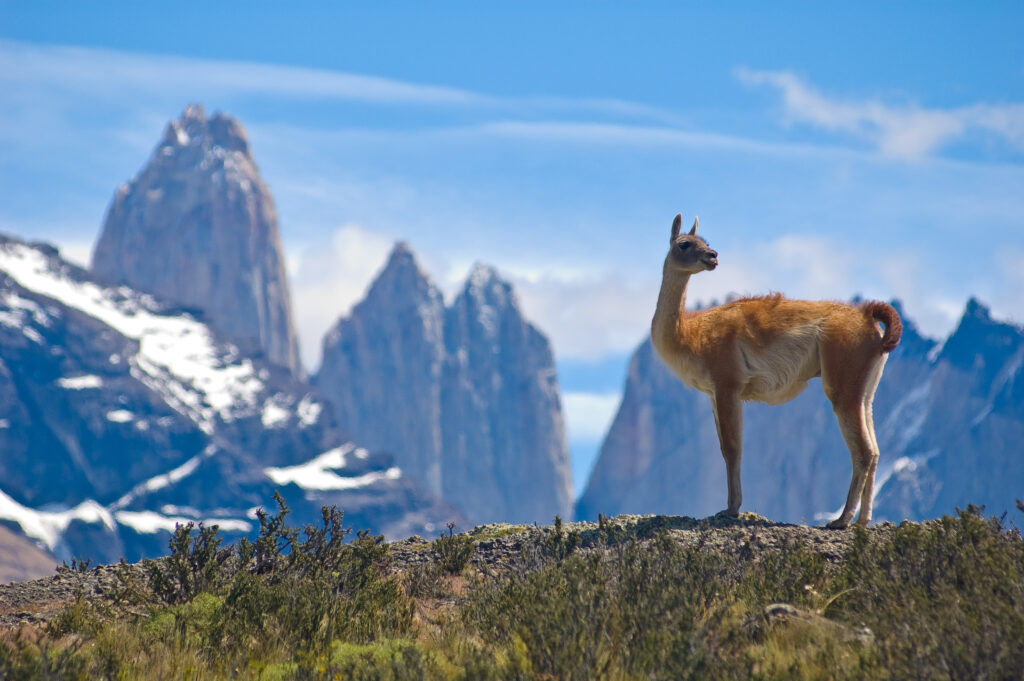Naturalist. Geologist. Biologist. Author. Father. As far as influential people from the 19th century go, Charles Darwin certainly ranks with the likes of Napoleon Bonaparte, Florence Nightingale and Charles Dickens in terms of significant achievements, having wholly changed the way that we think about nature, animals and biology in general.
Charles Darwin died in 1882, more than 130 years ago, but the impact of his research and work still resonates strongly today. In fact, there is no place where this is more true than in Ecuador, particularly on the Galapagos Islands, where Darwin conducted the bulk of his work. On an adventure with AE Expeditions, it is possible to see the Darwin’s research on the local environment in action and why we still need to recognise his achievements in the 21st century.
So, let us take you on a journey back time, to learn just who Charles Darwin was, and to understand his legacy in this part of the world.
Darwin – the early years
Charles Darwin was born in Shrewsbury, England on February 12 1809. Born to a medical doctor and botanist, Darwin and his five siblings were exposed to science and nature from a young age.
This interactive and discovery-led childhood ignited a passion for the natural world, and Darwin sets his sights on natural history at the University of Edinburgh – as opposed to medicine, as his father wished. This is the 19th century – much of England was Anglican, and largely discounted scientific fact over religion.
Darwin found a niche group of like-minded students at the Plinian Society, and would often go head-to-head in hotly-contested debates about natural history. It was during this time in Edinburgh that Darwin first learnt the classification of plants, and began accompanying fellow British anatomist Robert Edmond Grant on marine invertebrate investigations.
Despite his progress in the study of the natural world, Darwin’s father again intervened. In 1928, the budding naturalist was sent to Christ’s College in Cambridge to study a Bachelor of Arts graduating in 1831. However, this only fuelled Darwin’s fire for nature and he was soon off on adventures around the globe.
HMS Beagle – history in the making
Charles Darwin, the legendary naturalist, was made during his time on the HMS Beagle. He was asked to join the research ship for five years as a naturalist, in which time it would dock in the Pacific Islands, South America and the Galapagos Islands.
In these new and exciting locations, Darwin watched his fellow geologists, zoologists and botanists closely – collecting his own specimens during the process. Over the five year trip, he wrote a journal which detailed where he went, the fascinating creatures he saw and – most importantly for science – a new way of looking at the world of natural history.
Of course, when these findings were presented in the Journal of Researches, it was clear to the scientific community that Darwin had discovered something very special.
Theory of Evolution – challenging the status quo
Most people have heard of the Theory of Evolution, as it is widely accepted across the world today. It’s taught in schools, universities and explained as part of Aurora Expedition’s adventure into the Galapagos Islands. However, when Darwin first presented the concept, he was widely condemned – mostly due to religious beliefs and a lack of tangible evidence to back the theory.
To prove his concept was true, Darwin dedicated his life to natural history, spending years studying the fauna and flora of the Galapagos Islands.
Put simply, Darwin believed that species evolved and developed as a result of the conditions of their natural environment or other factors – and didn’t just appear at the start of the world. The Galapagos Islands presented one of the clearest proofs of the Theory of Evolution in action, with finches and tortoises on different islands presenting with unique adaptations to help them survive in specific environments.
These findings, together with documented examples gathered from around the world, led him to publish his ‘On the Origin of Species by Means of Natural Selection’ in 1859 – arguably one of the most important science texts ever written.
The formulation of the Theory of Evolution is was not the only achievement of Darwin’s career. He also solved the mystery of how coral reefs and atolls were formed, provided insight into the evolution of man and developed the concept of sexual selection. These findings on their own stand tall, but add in the Theory of Evolution and Charles Darwin will be remembered for centuries to come.
Sadly, Darwin didn’t get to see the development of DNA technology, which has essentially confirmed his entire body of work.
Featured Expeditions
Join us on a journey exploring the fjords and coast of southern Chile and discover why Chile was voted best adventure destination in South America for three consecutive years at the World Travel Awards.

Patagonia & Chilean Fjords
Explore the legendary Beagle Channel and marvel at the snow-covered peaks of rugged Patagonia on our Patagonia & Chilean Fjords expedition.
Patagonia & Chilean Fjords
Polar Expedition
Welcome to Aurora’s Patagonia and Chilean Fjords expedition. Sail the legendary Beagle Channel and marvel at the snow-covered peaks of rugged Patagonia. Zodiac-cruise through fjords flanked by glaciers and watch as...
15 Days
From USD $12,915.75/pp




